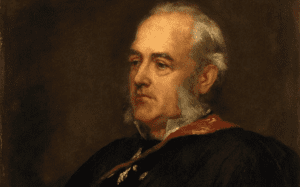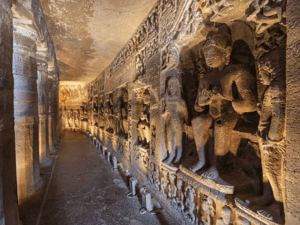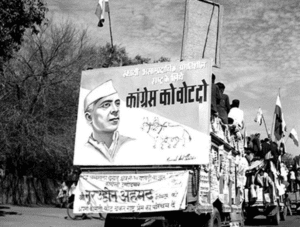Introduction:
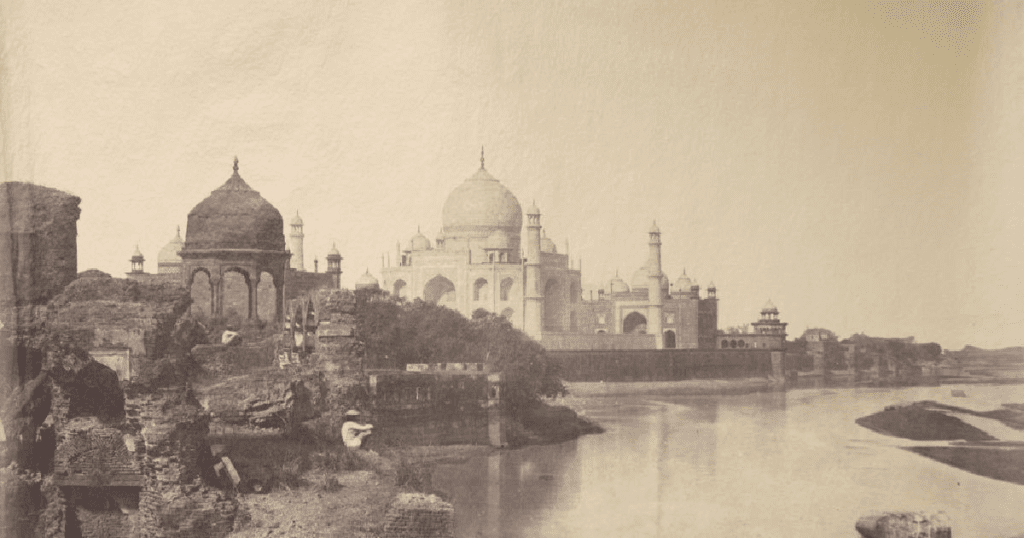
The Taj Mahal, often described as one of the world’s most beautiful buildings, is a symbol of love and architectural grandeur. Yet, behind its pristine white marble façade lies a complex history filled with tales of tyranny, oppression, and controversy. In this blog post, we will explore the brutal origins of the Mughal rule, the construction of the Taj Mahal, and the controversies surrounding this iconic monument.
The Brutal Origins of Mughal Rule:
The Mughal Empire, which ruled India from the early 16th to the mid-19th century, had a tumultuous beginning. Babur, the first Mughal emperor, established the dynasty by defeating the Sultan of Delhi, Ibrahim Lodhi, in the First Battle of Panipat in 1526. This marked the beginning of a dynasty built on conquest, often achieved through brutal warfare.
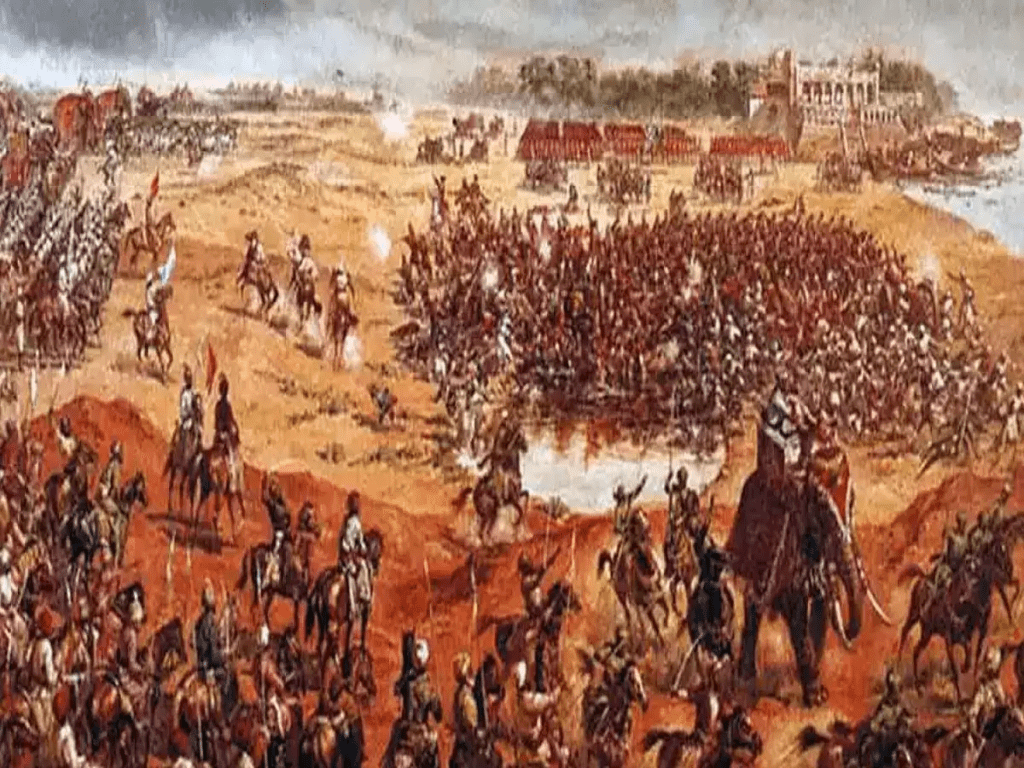
Subsequent emperors continued to expand the empire, subjecting regions to Mughal rule through military campaigns. The empire’s dominance was characterized by forced conversions, heavy taxation, and widespread religious intolerance.

The Construction of the Taj Mahal:
The Taj Mahal, an enduring symbol of love, was commissioned by Shah Jahan, the fifth Mughal emperor, in memory of his beloved wife, Mumtaz Mahal. Construction began in 1632 and took over two decades to complete. The grandeur of the Taj Mahal, with its intricate marble inlays, stunning calligraphy, and beautifully landscaped gardens, is a testament to the wealth and artistic prowess of the Mughal Empire.
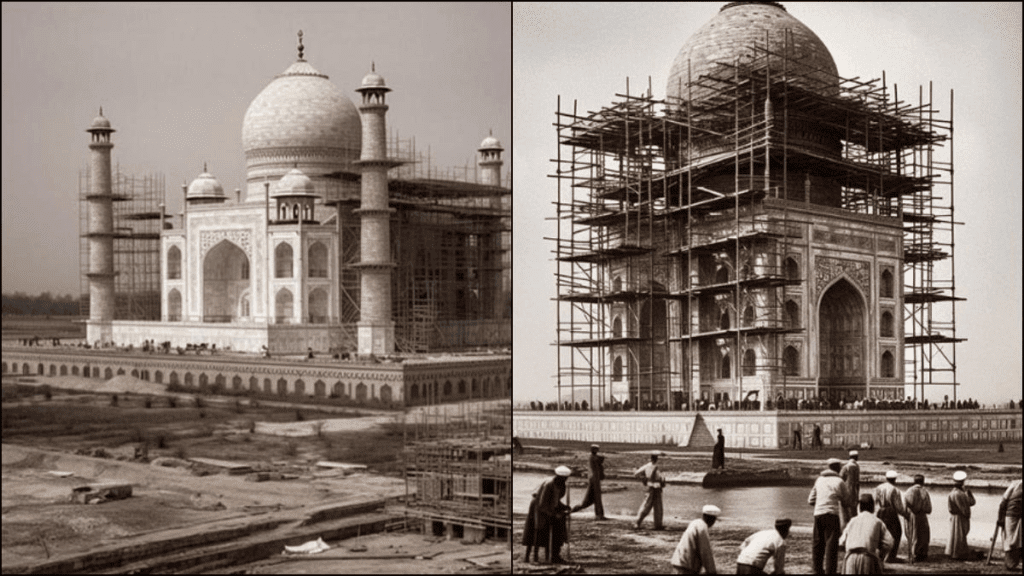
However, the construction of the Taj Mahal came at a considerable human cost. Tens of thousands of laborers and artisans were conscripted to work on the monument. The conditions were harsh, and many laborers perished due to grueling labor and inadequate facilities. Moreover, there are accounts of artisans having their hands chopped off to ensure that they would never replicate such a masterpiece elsewhere.
Controversies Surrounding the Taj Mahal:

- Authorship Debate: The Taj Mahal’s authorship has been a subject of debate. Some theorists claim that it was not solely designed by Persian architect Ustad Ahmad Lahori but was the result of a collaborative effort involving Indian artisans and architects. This debate has led to discussions about cultural appropriation and credit attribution.
- Religious Controversies: The Taj Mahal’s association with Islam has stirred controversy. Some groups argue that the monument should not be celebrated due to its Islamic origins, while others see it as a symbol of India’s rich cultural heritage, transcending religious boundaries.
- Conservation Challenges: Over the years, environmental pollution and wear and tear have taken a toll on the Taj Mahal. Conservation efforts have faced challenges, and debates continue about how to best preserve this architectural masterpiece.
Continued Legacy as symbol of love:
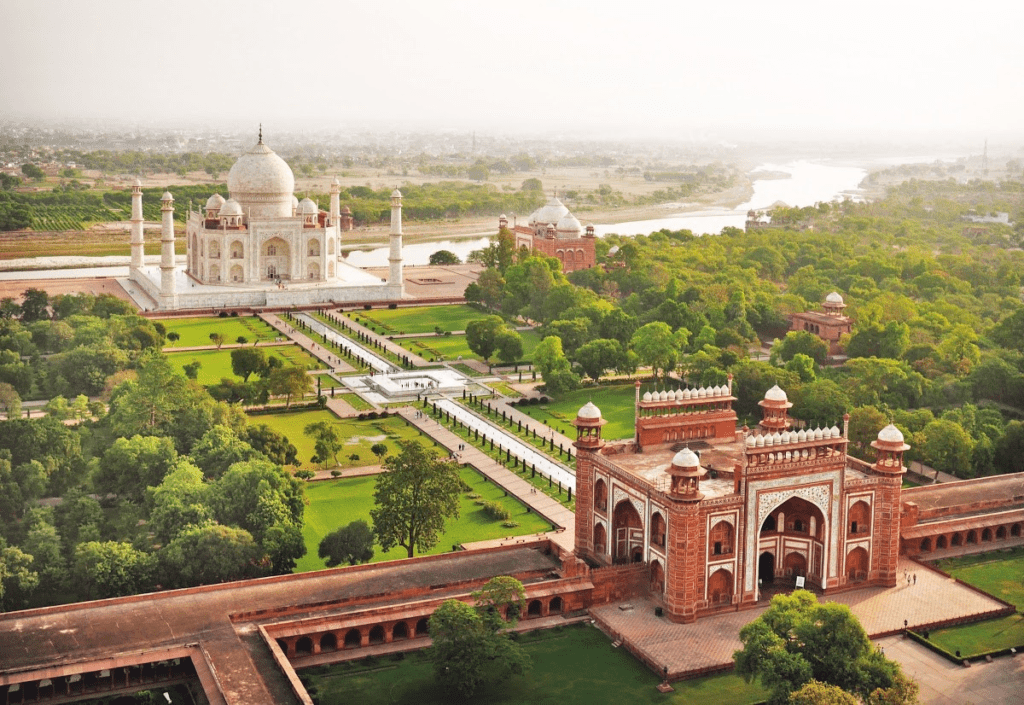
The Taj Mahal’s beauty and historical significance cannot be denied, but its origins are tainted by the brutality of the Mughal Empire. It is a symbol not only of love but also of the complex and often painful history of India. While controversies surround its authorship and cultural significance, the Taj Mahal continues to stand as a testament to the artistic and architectural achievements of its time, inviting visitors to ponder its intricate history and legacy.

